Pluto Statistics
| Planetary Symbol: |
 |
|
Name in Roman/Greek Mythology: |
Pluto / Hades |
| Diameter: |
2,390 km (1,485 miles)
[0.187 x Earth's] |
|
Orbital Semimajor Axis:
(average distance from Sun) |
39.48 AU
(Earth = 1 AU) |
| Mass: |
12.5 x 1021 kilograms
(0.0021 x Earth's) |
|
Orbital Eccentricity: |
0.2488 |
| Density: |
1,750 kg/m3
(0.317
x Earth's) |
|
Maximum
Distance from Sun: |
49.31 AU
( 7.376 billion km or
4.583 billion miles ) |
| Surface Gravity: |
0.58 m/s2
(0.06 x Earth's) |
|
Minimum
Distance from Sun: |
29.66 AU
( 4.437 billion km or
2.757 billion miles ) |
| Surface Temperature: |
40 to 50 K
( -233° to -223° C or
-387° to -369° F ) |
|
Minimum Distance from Earth: |
28.6 AU
( 4.28 billion km or
2.66 billion miles ) |
| Tilt of Axis: |
123o |
|
Orbital Inclination:
(tilt of orbit plane) |
17.16° |
Rotation Period about Axis:
(length of Pluto's day) |
6.387 days (retrograde) |
|
Revolution Period about the Sun:
(length of Pluto's year) |
248 years |
| |
|
|
Satellites: |
known |
| |
 Pluto Image Archive
Pluto Image Archive
 Comparative Planetary Statistics -- in table form
Comparative Planetary Statistics -- in table form
 Comparative Orbital Statistics -- in table form
Comparative Orbital Statistics -- in table form
 Actual Distance to Earth
Actual Distance to Earth
You might also be interested in:
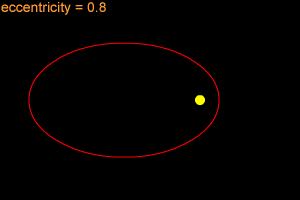
Do you think Earth moves around the Sun in a circle? That is almost true, but not quite. The shape of Earth's orbit isn't quite a perfect circle. It is more like a "stretched out" circle or an
...more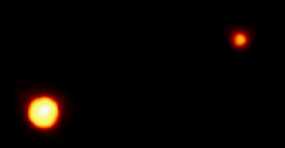
Pluto has // Call the moon count function defined in the document head print_moon_count('pluto'); moons. One of the moons is very big. The big moon is name Charon. The other two moons are small. They don't
...more
Pluto is a frigid ball of ice and rock that orbits far from the Sun on the frozen fringes of our Solar System. Considered a planet, though a rather odd one, from its discovery in 1930 until 2006, it was
...more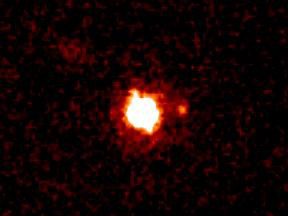
Eris is a dwarf planet in our Solar System. Eris is a lot like Pluto, which is also a dwarf planet. Eris and Pluto are both very far from the Sun. They are both very, very cold. Eris was discovered in
...more
Of all the planets and moons in the solar system, Pluto and Charon are the two which are the most alike. They are almost the same size, and they are very close together. Pluto and Charon are so close
...more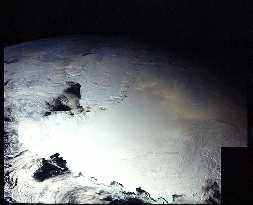
Pluto is so far away, and has never been explored. Questions to answer about Pluto include the following: What are the geologic features of the surface? (pictures of the surface) If there are bare spots,
...more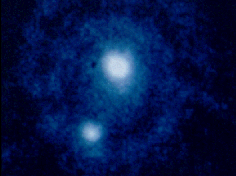
It may seem hard to believe that Pluto could have an atmosphere because it is so cold, but it does. Because there are times when Pluto is closer to the sun than is Neptune (making it the 8th planet for
...more

 Comparative Planetary Statistics -- in table form
Comparative Planetary Statistics -- in table form
 Comparative Orbital Statistics -- in table form
Comparative Orbital Statistics -- in table form


 Pluto Image Archive
Pluto Image Archive










